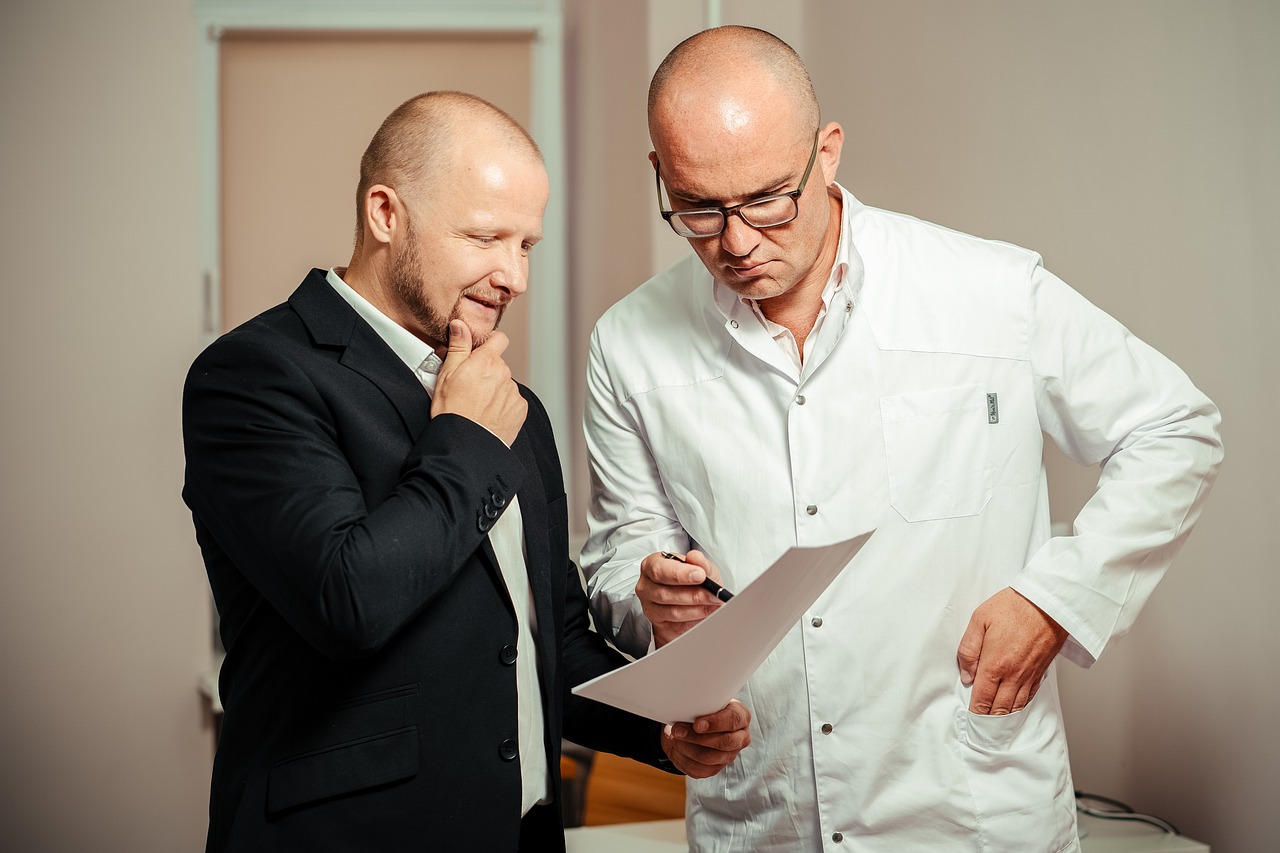
No, this is not another article about physician burnout. Instead, today we will talk about why isolated specialists can lead to poor patient outcomes. So, why do I find this interesting? In my own experience, I have encountered multiple instances when I see isolated specialists as the cause of deficient patient care. Let me give you an example.
A radiologist will encounter a non-radiologist physician demanding that his patient receive unwarranted intravenous contrast for his CT scans every once in a while. What is the big deal about administering unwarranted intravenous contrast on CT scans? Well, say you perform a contrast-enhanced CT scan for a pulmonary nodule. Or perhaps, you decide to approve a contrast-enhanced CT scan of the abdomen to check for a retroperitoneal bleed with contrast while on Coumadin. The patient risks returning home with a “present”- acute renal failure in both situations.
Meanwhile, both CT scans would give you the same result regardless of whether we administer intravenous contrast. And both of these cases of acute renal failure are entirely preventable. If you perform the study as directed by the physician, you have complied with the order as the radiologist. Unfortunately, these cases can lead to a lawsuit that you have no hope of winning.
Poor Communication And The Isolated Specialist
So, what does this all have to do with the isolated specialist? The ordering physicians decided to order CT scans on their patients without consulting with the radiologist in both cases. Sometimes these orders can go through the system without the OK of the radiologist. And in both situations, communication with the radiologist could have prevented unnecessary contrast administration. Or in other words, lack of communication/isolation between the ordering specialist and the radiologist was the proximate cause of a bad patient outcome.
All this brings me to discuss the topic of today- the isolated specialist. I will divide it into two different sections: What are the effects of operating “in a bubble” isolated from our colleagues? And how can we prevent physicians from working in isolation from one another?
Effects Of Operating “In A Bubble”
Untoward Side Effects
Witnessed in the examples above, two patients that should have had a non-contrast scan instead had their scan “upgraded” to an intravenous contrast-enhanced CT scan. Instead, a simple phone call from the physician could have prevented the possibility of a bad outcome. And these examples are just the tip of the iceberg. Many other cases exist where the clinician could have communicated with the physician and prevented a bad outcome.
Increased Expense
Imagine how much expense inappropriate imaging costs both the insurance company and the out-of-pocket expenses to the patient. It’s not just the additional unnecessary contrast. Instead, it is the additional weeks spent in the hospital, blood draws, nurses, physicians, and on and on. The physician could have avoided all of that with a simple discussion with the radiologist.
Prolonging Workups And Hospital Stays
In our example above, it is not just the untoward patient side effects and unmanageable expenses incurred. Instead, it is also the increased time the patient may need to stay in the hospital to figure out the patient’s disease entity. Very few patients say, “I have renal failure.” Patients may experience fatigue and other nonspecific symptoms. And a physician has to work up the clinical situation. Imagine the loss of time from work or other productive activities incurred by the patient and doctor.
Also, this is just one example. Lack of communication between radiologists and specialist cause all sorts of problems. Ridiculous unnecessary workups often ensue, wasting everyone’s time.
Radiologist Lawsuits
Don’t forget about the potential for lawsuits. All the factors from the above situation meet the criteria to allow a legitimate case. These would be breach, causation, and damages:
- The radiologist administered intravenous contrast inappropriately, breaching the standard of care.
- Contrast administration is the proximate cause of the patient’s renal failure.
- The patient suffered damages, including renal injury and a hospital stay.
A simple discussion between the physicians could have prevented a lawsuit.
Remaining Ignorant About Alternative Diagnoses and Treatments
Frequently, I learn about many of the most up-to-date patient diagnostic tests and treatments when I pick up the phone and discuss a case with a clinical colleague. In the situation above, a simple question about contrast could have avoided causing harm to a patient. This example is one where the ordering doctor remained ignorant about alternative methods of diagnosis (a non-contrast CT scan) when no communication ensued. Isolating oneself from phone calls with the specialist often prevents the best possible patient outcomes.
How Do We Prevent The Specialist Isolation?
Make It Easier To Contact Physicians
I think we have to blame both the ordering physician and the radiologist in these situations. Many physicians make it next to impossible to contact them by phone. Likewise, I know many radiologists who shun the phone under all circumstances. We have to make a conscious effort to make ourselves more available. Perhaps, it is a simple answering service that can solve the problem. Or, a radiology assistant may do the trick to improve communication.
Remember We Don’t Know Everything
Sometimes, we need to remind ourselves that each of our own experiences by ourselves is extremely limited. Only our interaction with others can allow us to understand patient issues best and give our patients the best care possible. We need to remain humble and ask for help from the radiologist and the ordering physician.
Computer Guidance
I hate to say it. But, clinical decision support systems have the potential to increase communications between clinicians and radiologists. When the computer detects the potential for a wrong imaging study order, it will force the clinician to interact with the radiologist. Potentially, this can relieve some of the issues of specialist isolation.
Attend Physician Friendly Events (Staff Meetings, Golf Outings)
Finally, many say that interdepartmental physician functions are unnecessary. But, I cannot disagree more. Making ourselves feel more comfortable with our colleagues allows physicians to be more likely to pick up the phone with a colleague who can become a friend. What better way to decrease isolation than sharing fun events with our colleagues?
Final Thoughts About The Isolated Specialist
Radiologists and specialists need to treat specialist isolation as a severe barrier to good patient care. And unfortunately, isolation is all too common. So, we need to make inroads to break down these barriers. Reducing specialist isolation will prevent patient side effects, reduce hospital stays, lessen patient expenses, decrease lawsuits, and increase diagnostic and treatment options. As specialist physicians, let’s all make a concerted effort to solve this critical problem together.














